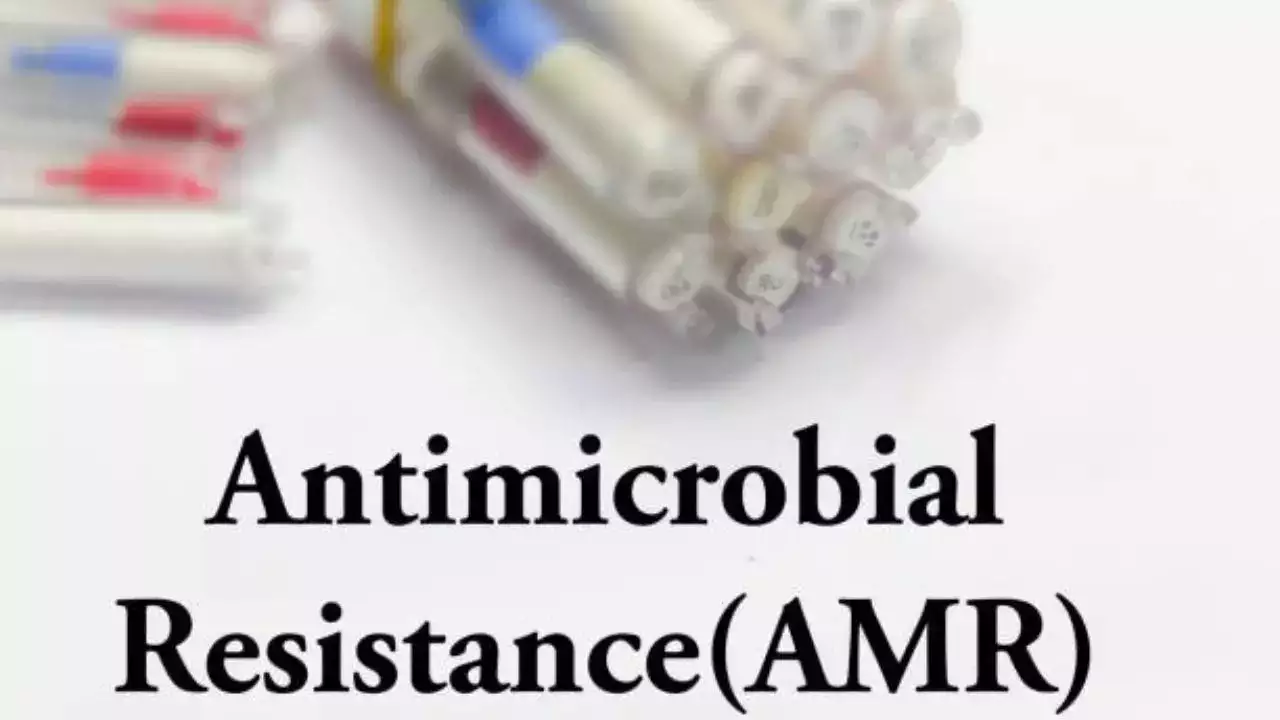Ashima Sharda Mahindra • 29 Nov 2024
What Is Nafithromycin, The First Indian Antibiotic That Works Against Deadly, Drug-Resistant Bacteria?

Drug-resistant pneumonia is a condition responsible for over two million deaths globally each year
In a breakthrough step, India recently launched its first indigenously developed antibiotic, Nafithrimycin, also known as Miqnaf, to fight against deadly bacterial infections that can lead to death in patients when pathogens no longer respond to existing antibiotics, a condition commonly called antimicrobial resistance, or AMR.
Doctors say AMR occurs when bacteria, viruses, fungi, and parasites no longer respond to antimicrobial medicines.
Developed by Maharashtra-based Wockhardt Ltd., the drug works against multidrug-resistant isolates. “Drug-resistant pneumonia is a condition responsible for over two million deaths globally each year. India, which bears 23 per cent of the world’s community pneumonia burden, faces challenges with existing treatments, including widespread resistance to drugs like azithromycin,” the Union Ministry of Science and Technology mentioned in a press release.
How does Nafithromycin work?
According to experts, nafithromycin is ten times more potent and provides eight times higher lung exposure than azithromycin. It has to be taken once a day for three days. It also boasts superior safety and tolerability and even has a clinical cure rate of 96.7 per cent.
Nafithromycin’s efficacy stands out as it targets both typical and atypical pathogens, offering a potent solution where no new antibiotic in this class has been developed worldwide for over three decades. Remarkably, it is ten times more effective than azithromycin and achieves comparable outcomes with just a three-day regimen, as validated by clinical trials.
According to the ministry, the development of Nafithromycin represents 14 years of dedicated research and an investment of Rs 500 crore, with clinical trials spanning the US, Europe, and India. Supported by BIRAC under its Biotechnology Industry Partnership Program (BIPP), the initiative showcases the power of public-private collaboration in advancing healthcare innovation.
The government says the drug is now awaiting final approval from the Central Drugs Standard Control Organisation (CDSCO) for manufacturing and public use, marking a major leap forward in India’s fight against AMR.
What is AMR?
According to the World Health Organisation, AMR is among the top global public health and development threats, directly responsible for 1.27 million global deaths in the last three years. The misuse and overuse of antimicrobials in humans, animals, and plants are the main drivers in the development of drug-resistant pathogens.
AMR puts many of the gains of modern medicine at risk, making infections harder to treat and making other medical procedures and treatments—such as surgery, caesarean sections, and cancer chemotherapy—much riskier.
Experts say across the world there is an antibiotics pipeline and access crisis with inadequate research and development in the face of rising levels of resistance and an urgent need for additional measures to ensure equitable access to new and existing vaccines, diagnostics, and medicines.
Get Latest News Live on Times Now along with Breaking News and Top Headlines from Health and around the world.